Ever since I was wee, art has always been a part of my life. Paper and pencils consistently trumped my Nintendo while waiting at restaurants, doctor’s visits, school plays – you name it. When I went to high school, as school intensified, I prioritized traditional academics to pursuing my artistic side. Of course, I still sewed and baked, but drawing and painting certainly took a backseat.
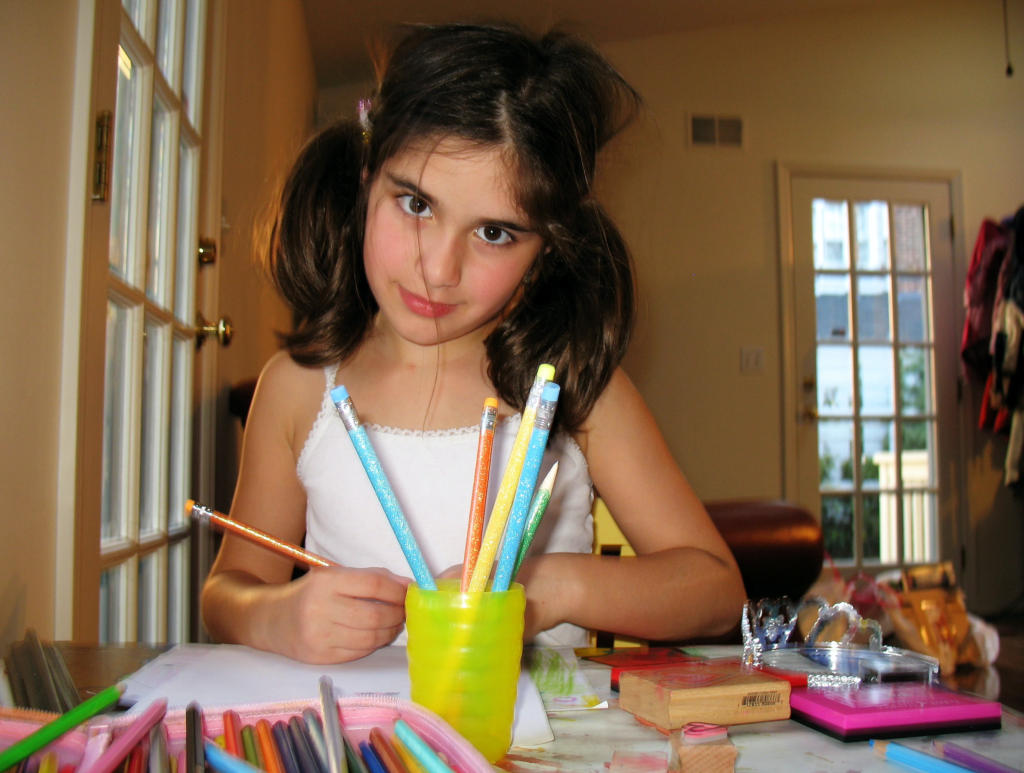
With COVID, I revisited my love of drawing and painting. It soothed me and I sought to be surrounded by art more and more. Then last November, I went to Edwin Schlossberg’s exhibit “Once Upon A Time When Everyone Was Conscious” at the Ethan Cohen Art Gallery in New York City.
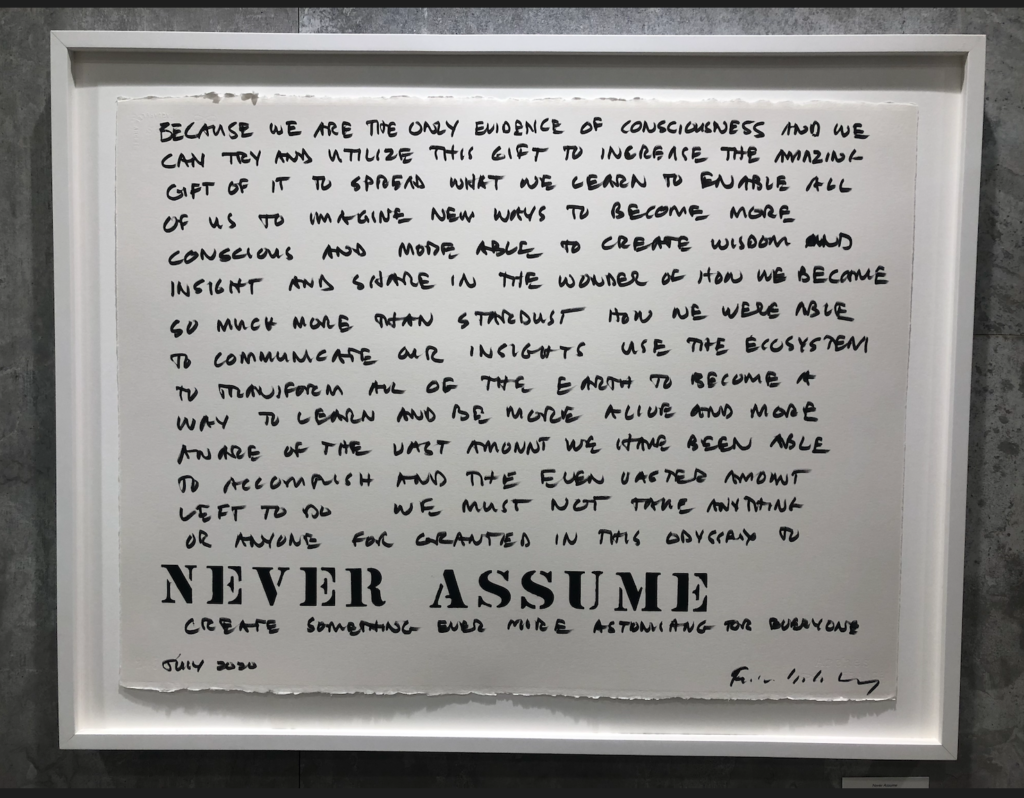
His work reflects on different forms of interdependency between human beings during the tenuous times of political conflict and physical separation. I had the opportunity to actually meet the artist in person as he took a handful of viewers around his recent works. His art is simple and profound.
Just as interesting, is Schlossberg’s background. He received Columbia University’s first combined doctorate, in Physics and English & American Literature.
As I encountered the admittedly overwhelming complex systems and mechanisms of my science classes, I reflected on my self-segregation between my art and science side. Why was I limiting myself, believing that I couldn’t mix them? Little by little, I started experimenting with studying my textbooks “less” and integrating my understanding of class materials into drawings. What began as a way to relax, art developed as a part of my study routine.
While this is anecdotal, the difference between my first and second organic chemistry grade was a difference of 30%. Of course, grades are just a quantitative measurement. What matters more is that I was able to see the relationships between what I was learning, retain information, and use my brain in a different way. Art allows for elaboration and repetition – and isn’t that what learning is all about?
Art supporting education is actually backed up. I will paraphrase NPR’s article on how art helps your brain:
- It helps you imagine a more hopeful future. Girija Kaimal, professor at Drexel University and a researcher in art therapy, has a theory that art-making helps us navigate problems that might arise in the future.
- It activates the reward center of our brain. According to a 2017 study, researchers found an increase in blood flow to this the rewards center of the brain when the participants were making art. By extension, if your art is about class material, you are building a positive rewarding relationship with your learning.
- It lowers stress. According to a 2016 study, 45 minutes of creating art in a studio setting with an art therapist significant lowered cortisol levels.
- It lets you focus deeply. It activates several networks including relaxed reflective state, focused attention to task and sense of pleasure.
Despite all the benefits of art, it’s important to recognize that the money funding the arts is constantly being cut in schools, favoring STEM-based education. I love this quote I found from an article on the Harvard Graduate School of Graduation blog.
“People generally think that the arts are nice and culturally significant and all that, but most people don’t have much of a vision of why the arts are really important in people’s personal, civic, and professional lives,” says Professor David Perkins, a founding member of Project Zero. “From my point of view, engagement with art and the creating of art are opportunities for students to learn to think in one or another medium. … After all, thinking in one or another medium is what we have to do every day as we engage the complexities of contemporary life.”
Some examples of my “Study Art”
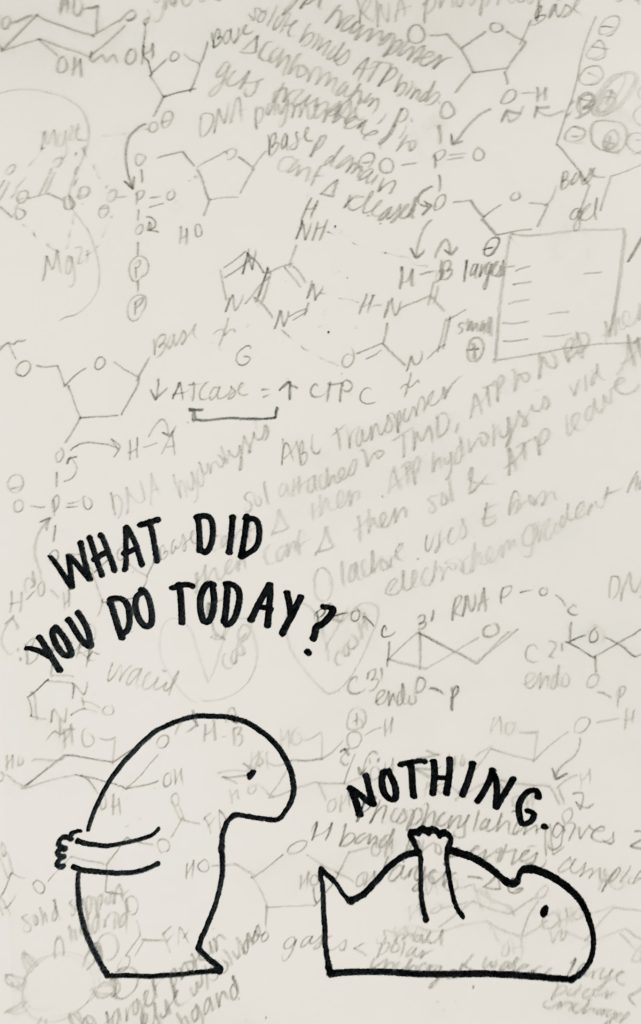
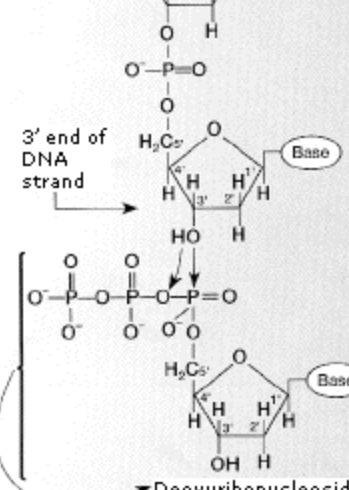
What did you do today?
For this unit of biochemistry, I was learning about the mechanisms behind DNA synthesis, along with protein purification methods, antigens, and more. Though I’ve learned about some of these subjects before, I never learned it in this much detail. It felt like a lot of material. I thought of how when we’re “unproductive” or just relaxing, we think we’ve done nothing. No matter what, we’re always doing something. Moreover, everything that I was learning about was literally in me. How cool is that?!
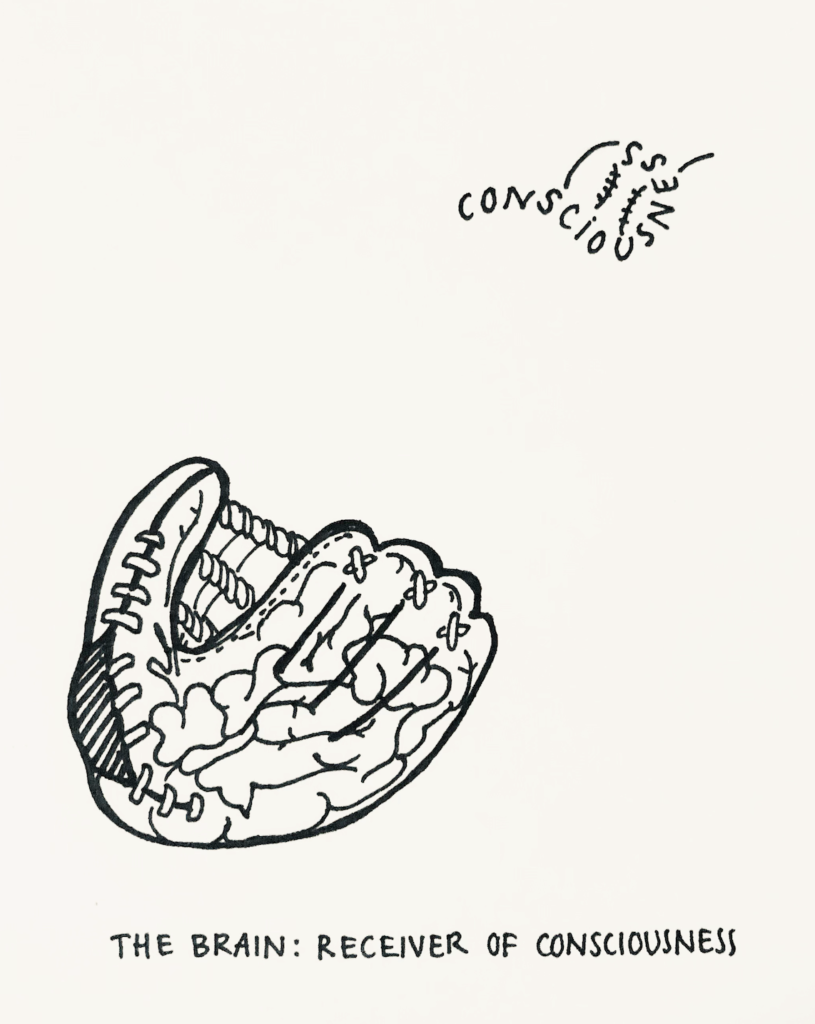
Brain: Receiver of Consciousness
This drawing was inspired by my comparative vertebrate physiology unit on the brain and also on Dr. Mauro Zappaterra’s talk on cerebrospinal fluid and consciousness. Check it out below:
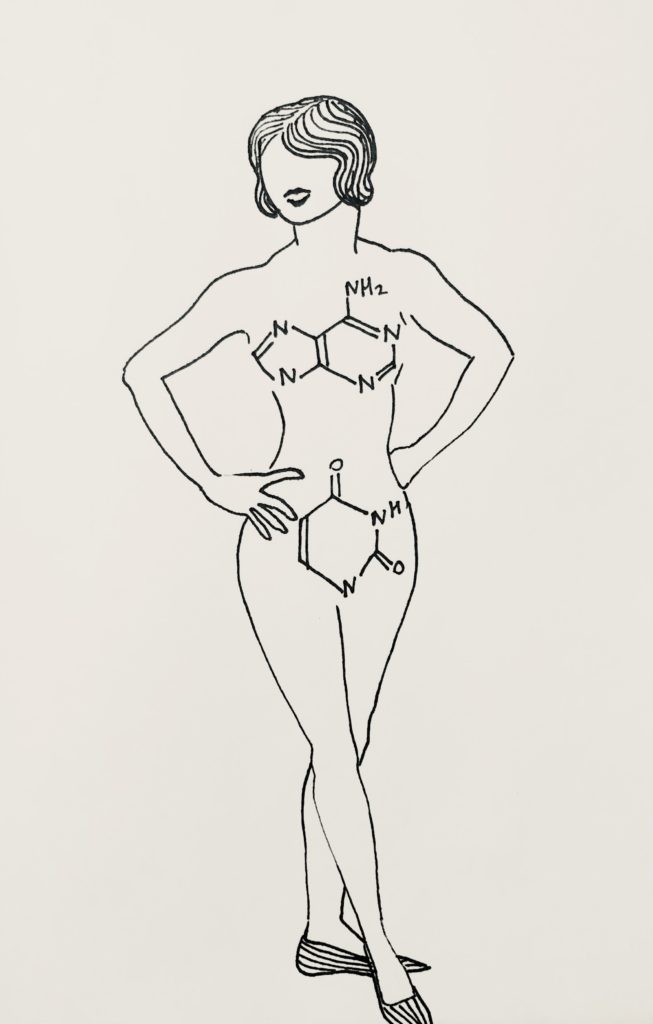
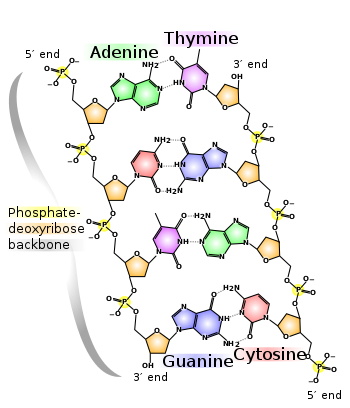
Adenine and Uracil, the Basics
Memorizing all the bases was an initially mountainous task, but luckily, I found a way to include them in this drawing. They are our bases in DNA, and so why can’t they be our basic undergarments as well?
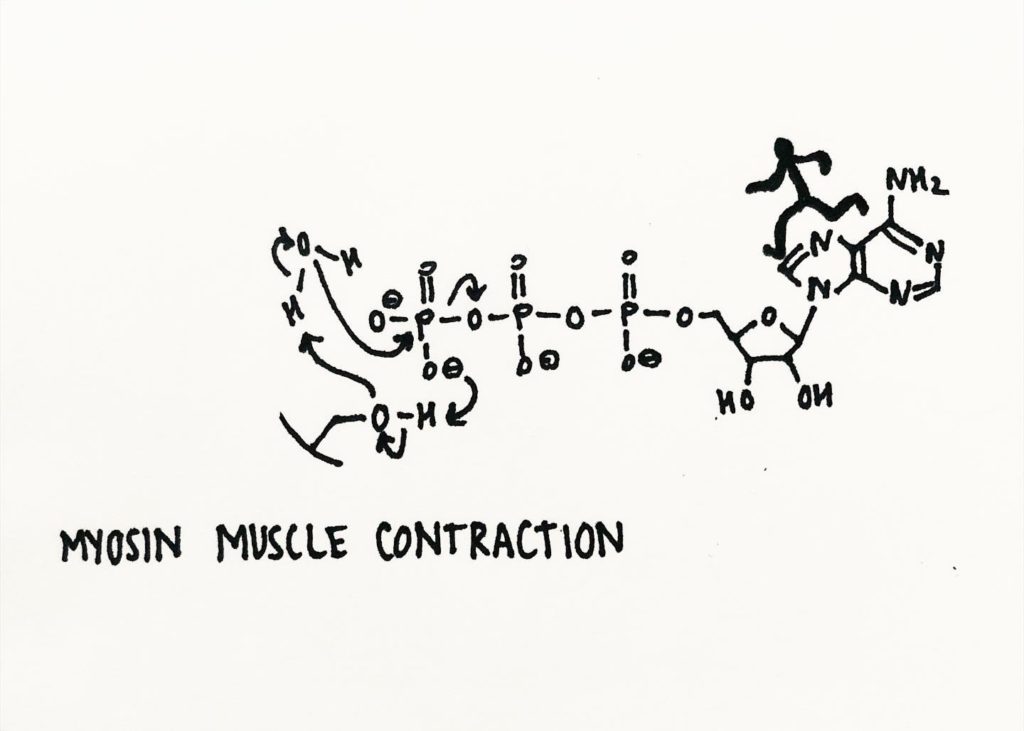
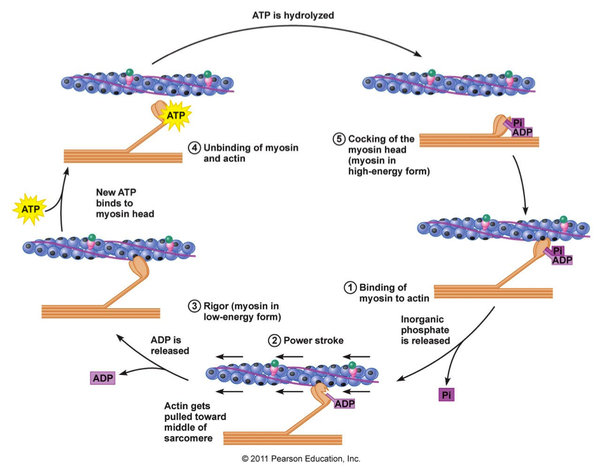
My oh my it’s myosin
Myosin is responsible for muscle contraction. It’s a fascinating process of myosin’s heads attaching and detaching from actin filament as ATP hydrolyzes and re-hydrolyzes. It’s crazy to think that running can be traced to this cellular level.
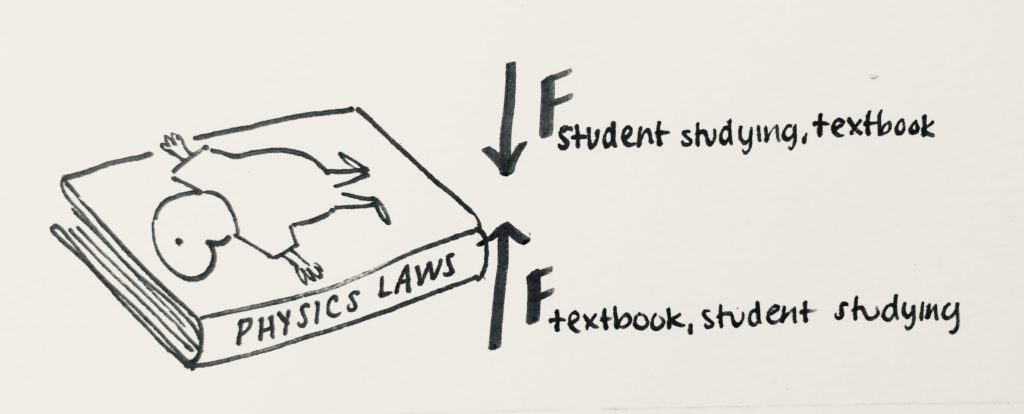
Force student studying, textbook = Force textbook,student studying
Ahhh physics. My biggest challenge. That’s why I had to humorize this fundamental law!
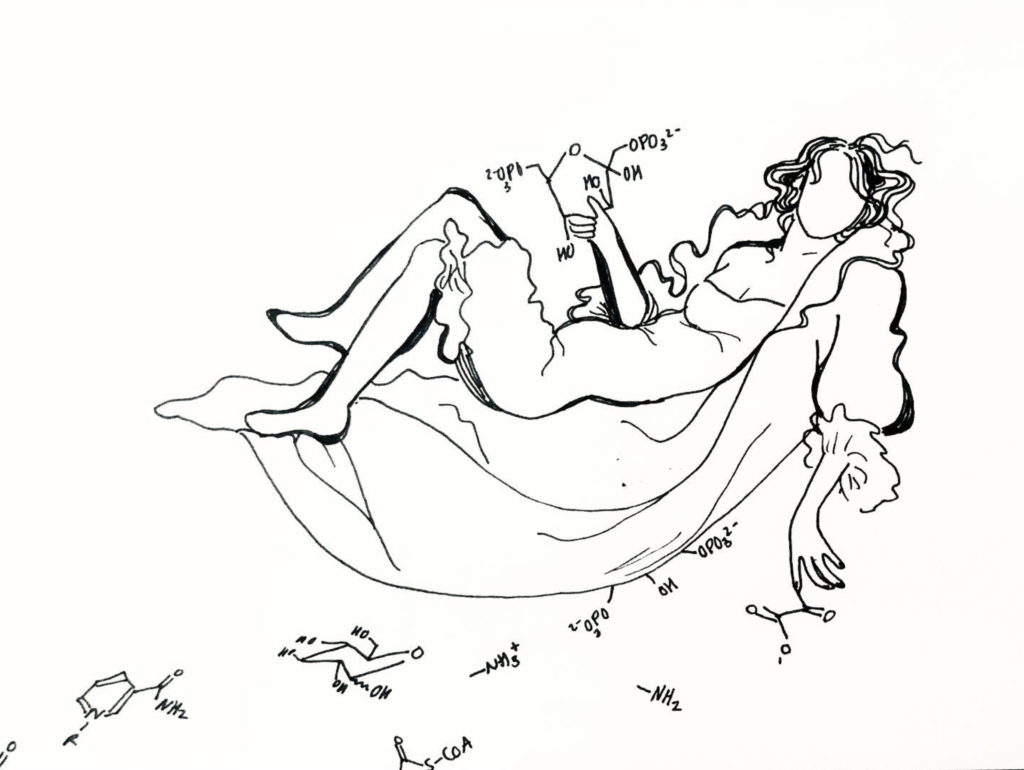
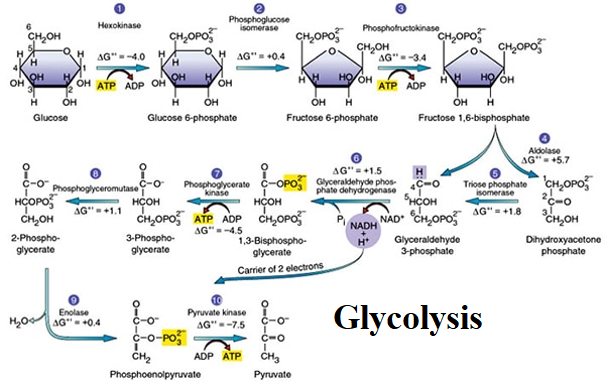
After F-1,6-BP comes…
Glycolysis and the citric acid cycle – a right of passage for anyone who takes chemistry classes. Remembering the structures, chronology, co-factors, and relationships between them can easily send your head spinning. Drawing them out in a bigger piece of art was game changing.
I hope you learned more about the relationship between art and studying – even science materials. If you’re casting aside something you love, I encourage you to find a way to integrate it into the things you must do. Sending lots of good energy to students studying for finals during this time!